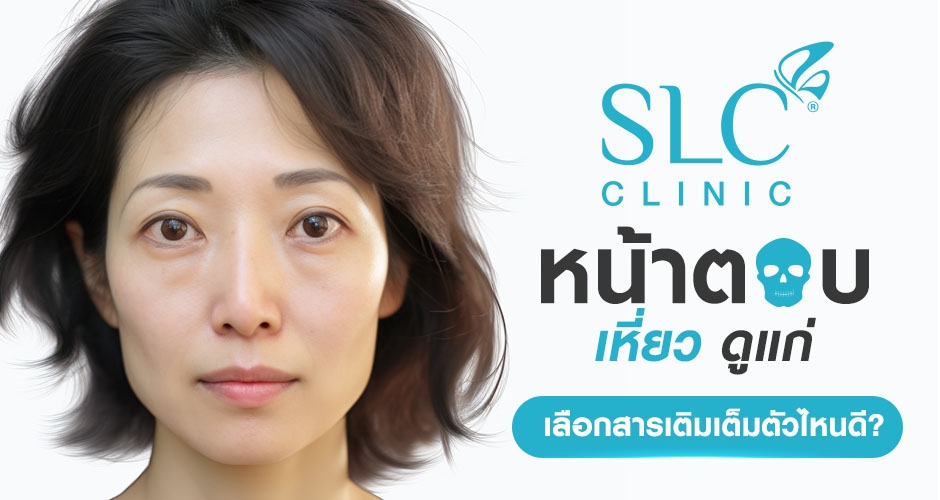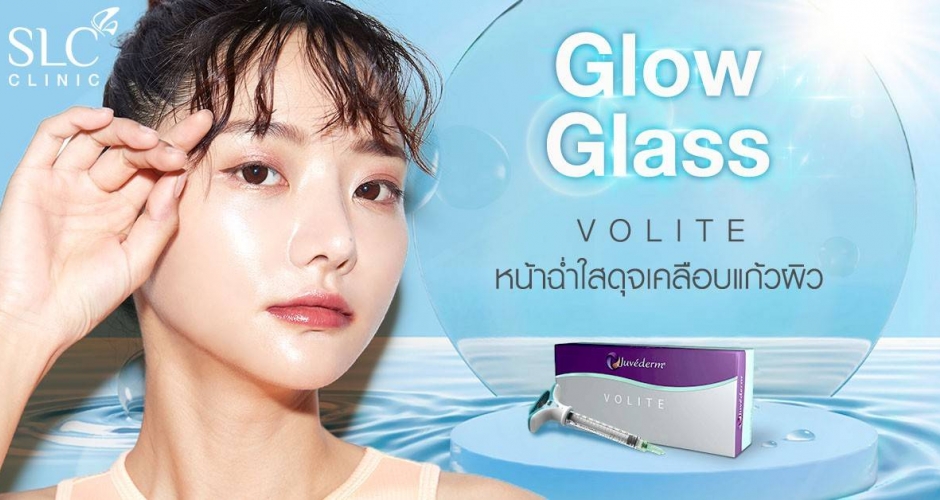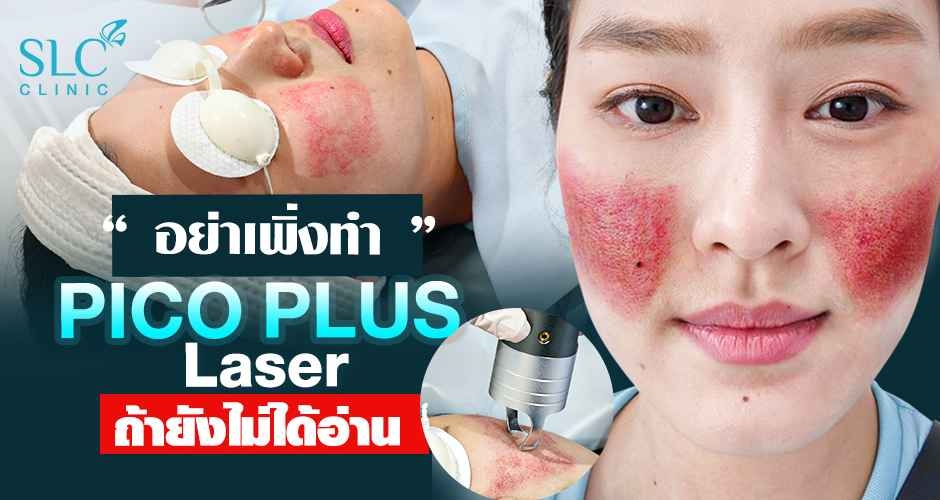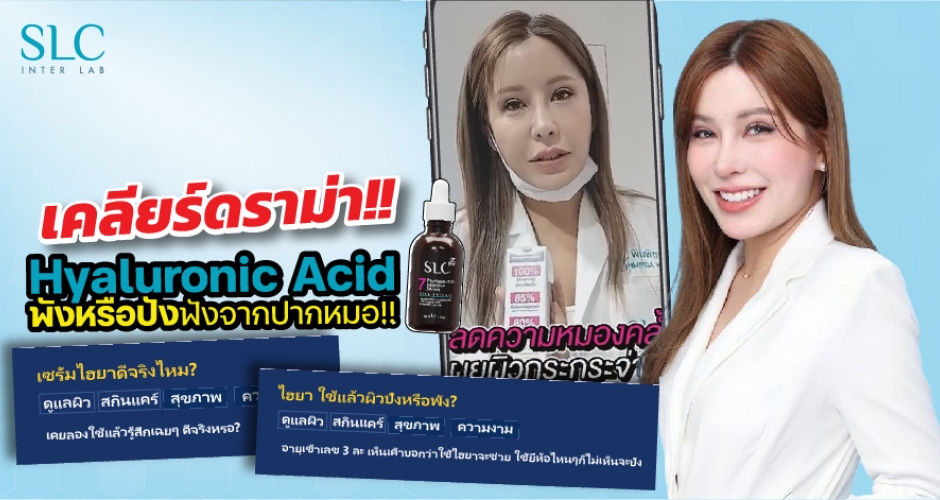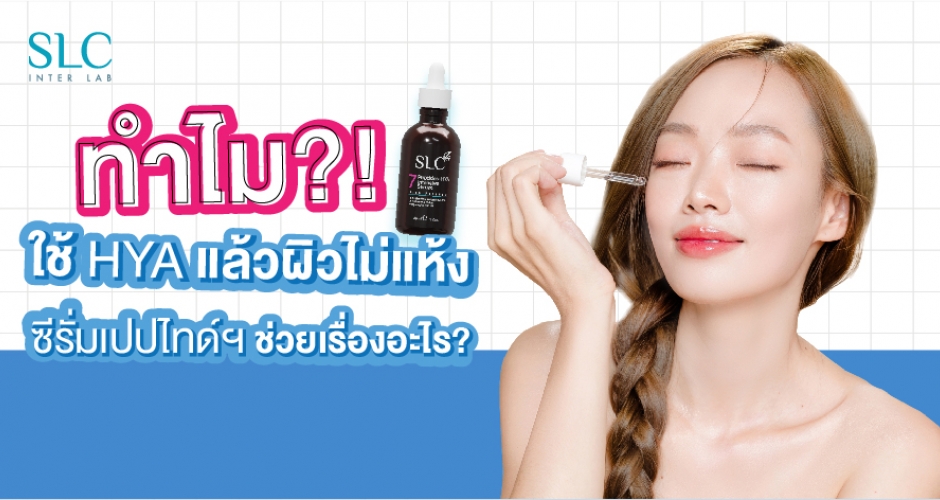A perfect nose should come before a beautiful face!!
The nose is a prominent part of the face that can enhance the overall features of the face for distinction and beauty. Individuals usually have a different nasal shape depending on genetics and race. Some races are lucky having a good looking nose! Several people are born with nasal shape problems, such as an asymmetrical or curved nose, nostrils too thick and disproportionately flared, the nasal tip drooping or plunging, etc. These unsatisfied looks might reduce your confidence. “Rhinoplasty surgery” is a surgical procedure to restructure the nose for appearance improvement in order to suit the facial proportions. It is done by improving and reconstructing the form, shape, nasal bridge form, tip, and by restoring the functions. Your cosmetic surgeon will be able to help you determine whether these structures should be modified along with reshaping your nose.

Common problems of nasal shape
1. Short nose
2. Thick nasal wing
(Thick alar)
3. Dorsal hump
4. Crooked nose
3 main external parts of the nose
-
The nasal bridge (between the eyes) is the area that runs down the middle, and the apex is at the tip of the nose. Most Asian people (also Thais) usually suffer from a low nasal bridge, which is why increasing the nasal bridge with Rhinoplasty is very popular in Thailand.
-
The dorsum is the part that runs down the middle. Some people were born with a dorsal hump or too much excess muscle in this, part which looks disproportionately in the facial composition.
-
The nasal tip is an area that many people would like to correct, both the nostrils and the nasal tip, for a pleasing nose that meets their desire.

Nasal proportions
1. Nasal bridge
2. Dorsum
3. Nasal tip

Ideal Nasal proportions
-
Appropriate nasal length should be approximately 1/3 of facial length
-
Nasofrontal angle should be 120-140 degrees
-
Nasal bridge is at the same line as the chin
Top Rhinoplasty techniques by SLC
1. Closed Technique Rhinoplasty
The incisions for a “closed technique” approach are made entirely inside of the nose in order to place silicone, and cause minimal effect to the nasal structure. Also, incisions are hidden inside the nose and there are no external scars.
Suitable for:
Individuals with nice nasal structures from the nasal bridge until the nasal tip.
Advantages:
1. Lower price compared to the opened technique.
2. Less swelling, or no swelling in some cases, and can resume daily activities normally.
3. Short operation time of about 30 minutes.

-
Silicone placing
-
Incisions hidden inside
2. Open Technique Rhinoplasty
The incisions for an “open technique” are made across the vertical strip of tissue that separates the nostrils. Work is done on the cartilage and bone that form the framework of your nose. Sometimes, the position of certain bones may need to be altered slightly in order to make your nose look narrower and straighter. If your nose needs to be built up in some areas, this can be done using nasal cartilage, or perhaps bone or cartilage from another site. Your surgeon will consider correcting your nasal shape based on your natural nasal structure.
Suitable for:
People with wide nostrils (nose wings), or a short nasal tip and who would like to improve their nasal appearance to achieve an ideal nose with a higher nasal bridge, or for people who desire a teardrop nose with natural looks.
Advantages:
1. Appropriate for a seriously misshapen nose. This approach has precision in terms of technique and control over the ultimate outcome.
2. More complete exposure, especially of the tip, since this technique is using cartilage from other sites to build up some parts, such as having nasal cartilage added for extending the nasal tip, which minimize the risk of silicone coming out from the nose incision.

-
Incisions are hidden the underside of the nose
Rhinoplasty materials
1. Silicone nasal implants
We use Korean FDA approved extra soft Silicone implants that are soft and highly flexible, and which can’t come out or become crooked. The implants were designed with soft content, ready to use and will provide natural looks, and are also able to have hard contact with other materials. The Silicone implants will be placed by the consideration of your surgeon depending upon your current appearance (the width and length of your nose), and the features you desire to achieve. The surgeon will also adjust the silicone a bit in order to provide an ideal nasal shape that is appropriate with your facial composition.

Photos and Information are All Rights Reserved for SLC
2. Silicone carving blocks
Silicone blocks will be carved and trimmed by a surgeon in order to prepare silicone implants suited for the nasal shape of each patient. The surgeon can control the sizes and shapes of the silicone depending upon suitability.

3. Silicone implants and ear cartilages
In addition to the silicone implants that are commonly used for Rhinoplasty surgery, a combination of placing nasal or ear cartilage graft (the ear basin curve or Concha area) can be performed to correct and extend the nasal length and a tip plasty with less visible incision scars. This technique is used for extending the nasal area, for improving nasal tip looks, and to minimize the risk of silicone coming out.
Rhinoplasty surgery with silicone implants and ear cartilage graft
-
Nose augmentation with silicone implants and ear cartilage graft

4. Combination of Nose augmentation and nose wing reduction
For people with wide nostrils and big nose wings, a “Nose wing reduction” can be performed at the same time of nose augmentation in order to narrow the nostrils and to improve the nasal appearance in order to achieve a more harmonious state with the rest of the facial composition. The nasal incision will be hidden inside the nose wings with very small scars. The nose wing reduction techniques are as follows:
.jpg)
- The nose wing (Alar) reduction with the inner cut of the alar base technique is mostly aimed at narrowing the flared nostril with the incision hidden inside the alar base.
- The nose wing (Alar) reduction with the outer cut technique is aimed at reducing the big alar wings and to narrow the width of the alar base with the outer incision.
* Surgeons will choose the most suitable technique for their patients, depending on nasal shapes and sizes.

-
Nose wing (Alar) reduction with inner cut
5. Nose augmentation with silicone implant and coccyx cartilage
Nose augmentation with silicone implant can be combined with implantation of the patient’s autogenous coccyx cartilage in order to extend the nasal length and improve the proportion of the nasal tip with natural elastically. Also, the coccyx cartilage can support silicone and prevent the silicone from coming out. Small pieces of coccyx cartilage will be harvested by the surgeon and inserted inside the nasal tip next to the silicone implant. The incision will be hidden inside the nose wings with very small scars and can exist for a lifetime.

-
Coccyx cartilage will be harvested
6. Nose augmentation with rib cartilage
Nose augmentation with the patient’s autogenous rib cartilage can provide a naturally looking nose and make it able to be touched hard like a real nose in the long term. It is also long-lasting and considered permanent, except for the drooping of surrounding tissue along with the normal aging process, but without a noticeable line, as in silicone implantation. This procedure is expensive, with incisions in both the nasal tip and the rib harvest site, and also takes a longer time to perform. Rib cartilage is used in major reconstructive nasal surgery, such as nasal damage from accidents, or it is used to correct the nasal tip to become perkier. However, this technique should be under an expert surgeon’s consideration.

-
Rib site will be harvested

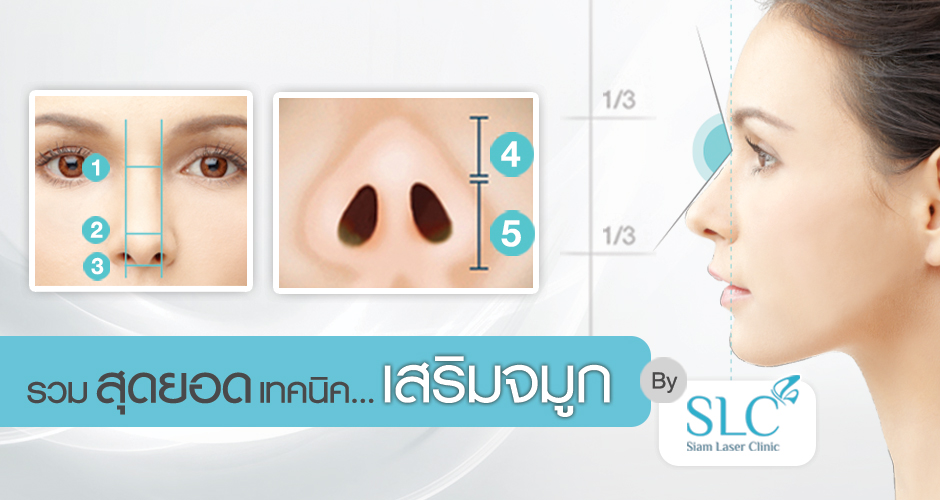

.jpg)



